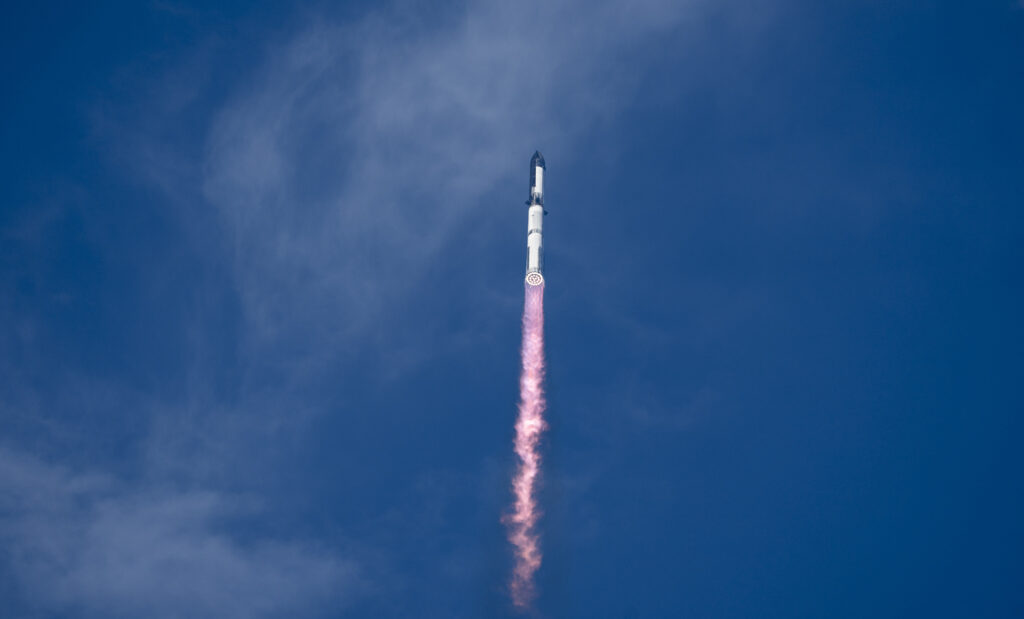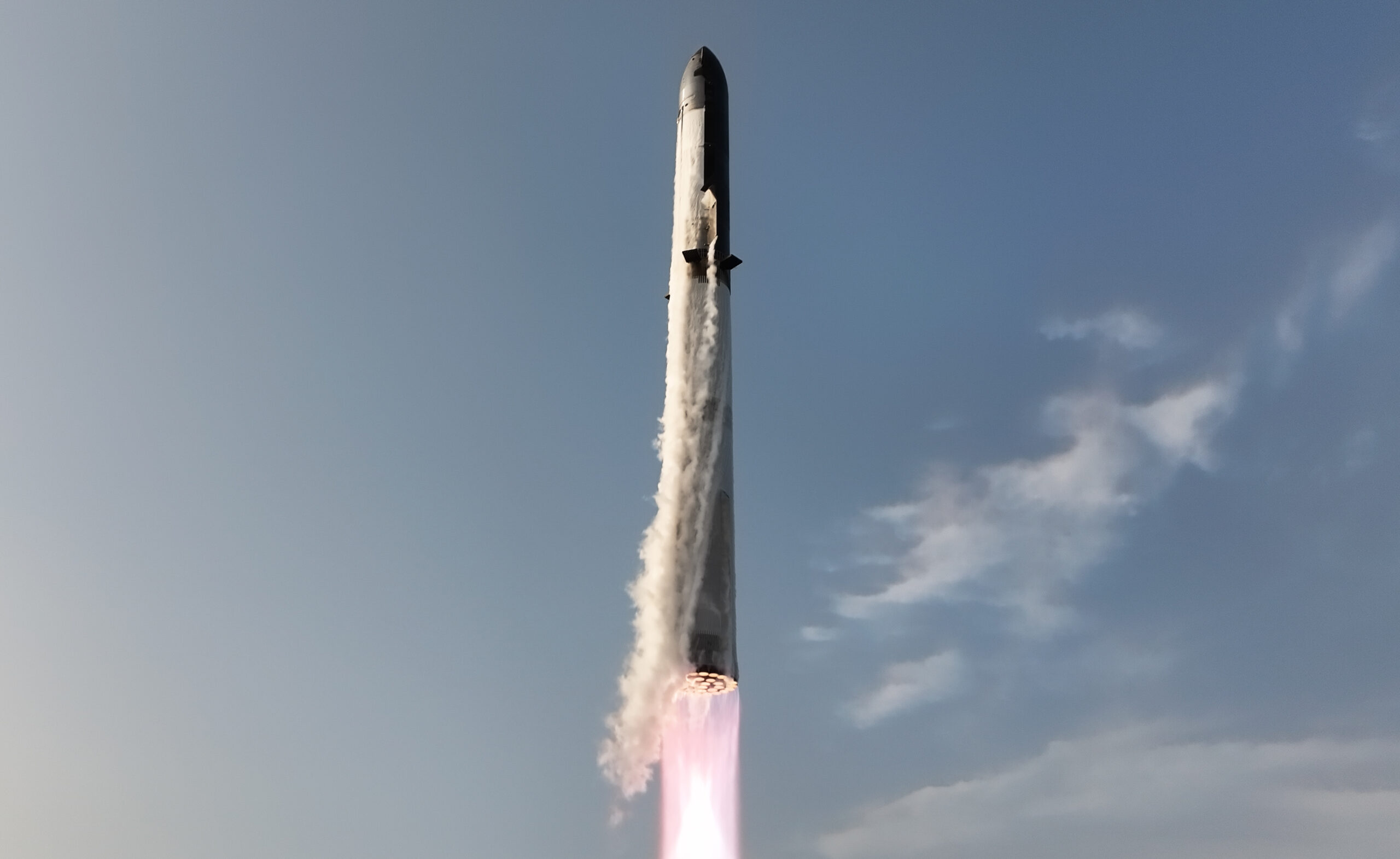The ninth flight test of the Starship rocket, developed by Elon Musk’s SpaceX, ended in failure. Although the vehicle achieved a greater distance and flight time than in previous tests, it was ultimately destroyed over the Indian Ocean.
The rocket was launched from Starbase in Texas and was part of extensive work on the creation of a fully reusable spacecraft, which in the future will serve, among other things, as a lunar lander, for NASA’s Artemis III lunar missions. This is the third consecutive test in which the spacecraft has disintegrated, although this time it lasted over 45 minutes – the longest of all previous attempts. 
Photo: x.com/SpaceX
Although not all of the mission objectives were achieved, such as the successful release of Starlink simulator satellites, several key stages of the flight were successfully completed. For the first time, a reused Super Heavy booster was used for the launch, which this time – as planned – did not land at the launch site, but in the waters of the Gulf of Mexico. Unfortunately, this part of the test was not entirely successful either – the booster engines failed during the attempt to make a soft landing on the water surface.
About 20 minutes after launch, video contact with the rocket was lost, and subsequent data indicated a leak, flight destabilization, and rotation around its axis. Contact with the machine was completely lost during re-entry into the atmosphere.
Despite the failure, SpaceX emphasizes the importance of the data obtained. The aim of further analysis will be to improve the reliability of the system, which in the future will enable humans to travel between planets.




